This week I was back up to the outskirts of Aberdeen where I was filming for the BBC gardening series Beechgrove.
I still feel very privileged to be involved with the programme though I’m still convinced I’m only there to keep the figures for BBC ginger quota up!
This time I had the pleasure of being joined by Lizzie Schofield, who like when I started back in 2014, has been regularly contributing tips from her own garden in Buckie that sits on the Moray Firth coast.
Not just any old garden
She created the garden along with her husband Malcolm.
What they have created together isn’t just any old garden. It’s a double Gardeners’ World magazine Garden of the Year award winning garden.
This was their just rewards for the efforts they’ve put in to taming a wild, overgrown hillside next to the sea, into a colourful coastline garden.
I thinks it’s fair to say both Lizzie and her husband have earned their lawn stripes.
Being well and truly into summer there was one group of plants we just had to look at in Beechgrove. That was the rose.
Although this is the classic British garden plant I’ve always had a bit of ‘love-hate’ relationship with it.
I tend to avoid them as I’ve felt the effort to keep them healthy and looking good just not worth the bother.
I can’t make up my mind if it’s a change of attitude or if I’m just softening with age and yearning for some gardening nostalgia, but either way this year I’ve been taking more of an interest in roses as I teach myself to fall in love them.
Roses need a lot of work
First of all I need to say I’m not giving in and burdening myself with constantly spraying my rose plants with chemicals to keep pests and diseases away.
I will be giving myself a bit of extra work but I’m flipping the coin over and focusing on a feeding programme to grow healthy plants strong enough to fight off an attack from unwanted visitors.
Gardening can seem complicated but in times of doubt, I find treating plants likes humans gives me the simplest answer.
For example, if you’re standing in a glasshouse on a warm, sunny day and your finding it too hot, unless you are growing some real tropical plants then the chances are the plants are feeling the heat too.
So get the vents and doors open to cool the glasshouse down.
Good feeding makes good sense
When we eat a good balanced diet of five portions of home grown fruit and veg a day, drink plenty of water, and keep the not-so-goodies to a minimum, our bodies will be in the best shape to ward off any illness. That’s the attitude I like to have when growing plants.
Starting off back in late April as the growth was kicking off, I fed my roses with a granular feed specific to roses.
After a good watering in I also gave the plants a top dressing with well-rotted farm yard manure. Lovely!
This gave them a good start to the season, which was followed up with a second dose at the start of June.
Keeping disease at bay
At weekly intervals, from when I could see the first flower buds starting to form, I also give my rose plants a liquid feed, just a little tonic to keep them going. So far this programme seems to be having the right effect.
I’m not seeing sign of black spot on the leaves, or powdering mildew, which you may recognise like a dusting of white over the flower buds and foliage.
To be fair, with it being so dry, the air hasn’t been humid which certainly encourages this fungus. But I also like to think that me positioning my rose plants with plenty space around them so the air can flow freely helps too.
Rose sugar in your gin
Sometimes I think my gardening for a living makes me focus too much on the practicalities of gardening and I forget to appreciate the other qualities plants growing in our garden have to offer.
It was something Lizzie reminded me of.
Until she told me, I didn’t have a clue you could make a rose-infused sugar from the petals, which can then be used for sprinkling over your shortbread or even better, flavour a nice gin.
If I needed another reason to start growing roses in the garden again well I’ve certainly found it.
A visit to Cuthberts Brae
Lizzie and Malcolm certainly deserve to put their feet up and enjoy their garden on more than the one level – quite literally.
Once overgrown with brambles, their home called Cuthberts Brae, which is sited on a steep hill, can now be worked as a garden via the terraced beds they’ve made.
A path takes you down the bank into similarly laid out cottage garden-themed beds, loved by the bees, butterflies and other wildlife.
The gravel garden that wraps around their house ties in with seaside and there’s a new section with greenhouse, rabbit enclosure and veg beds.
They will be welcoming visitors on Saturday and Sunday July 30-31, from 2pm-5pm under Scotland’s Garden Scheme. It’s definitely worth a visit and you will be supporting the Scottish Association For Mental Health charity in the process.
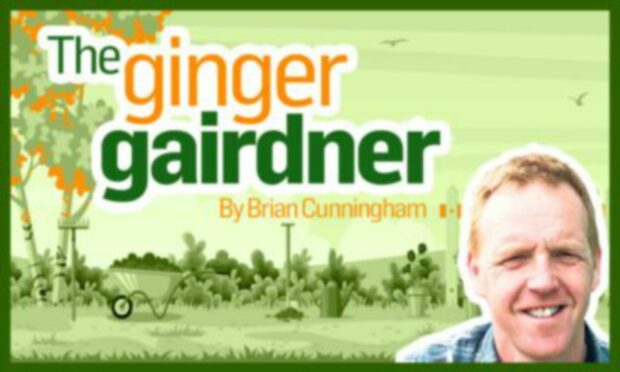
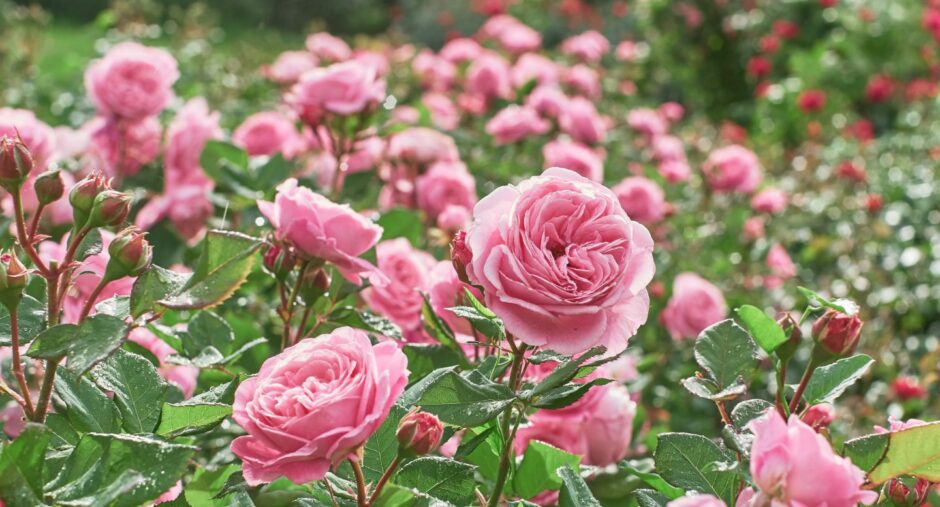
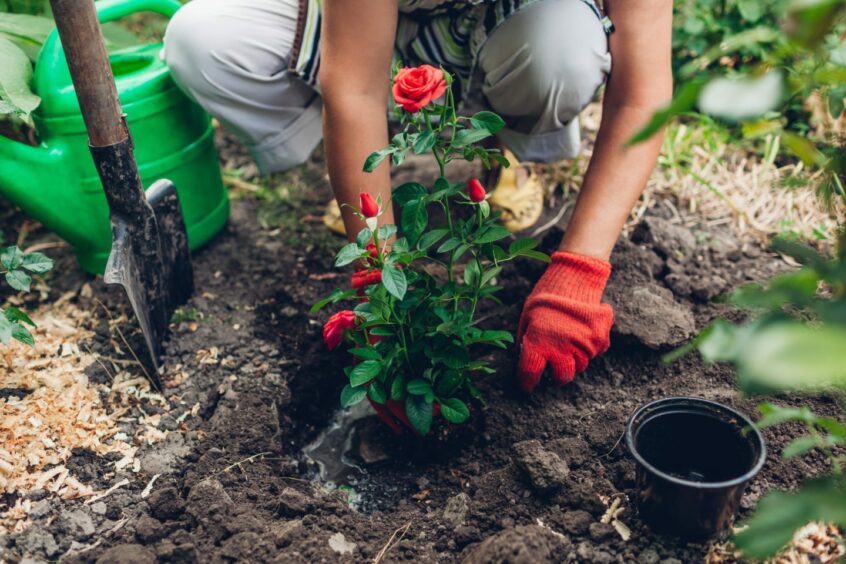
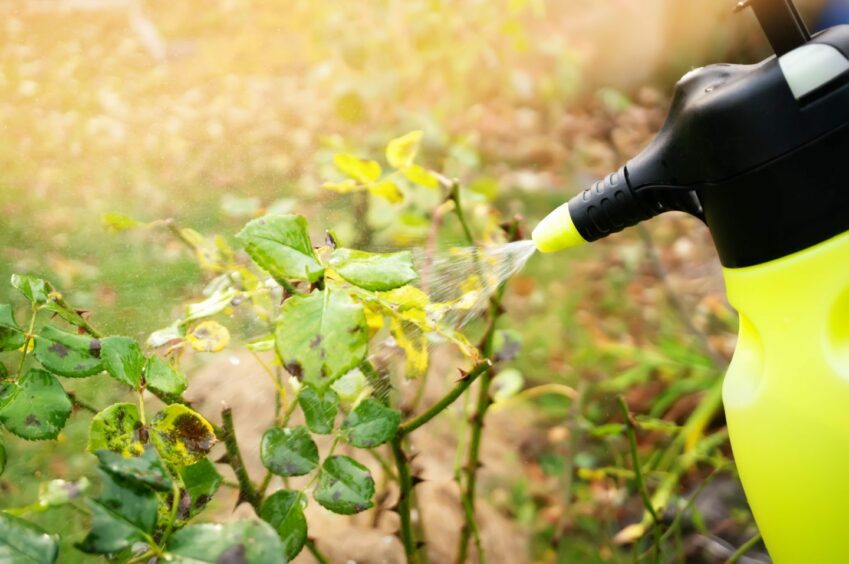





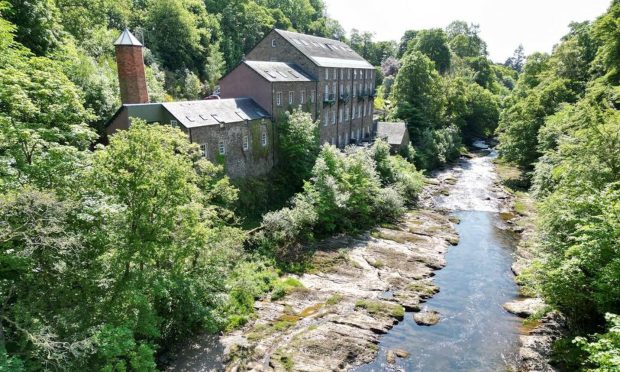
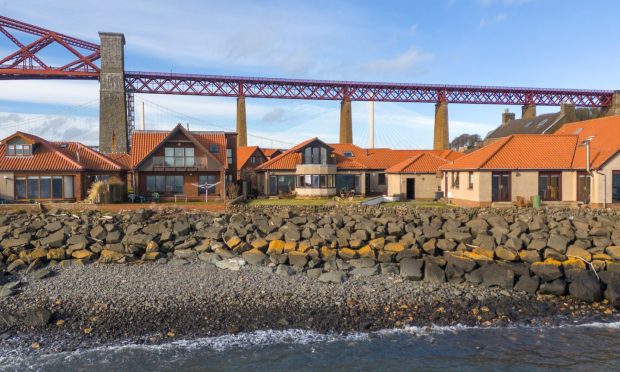

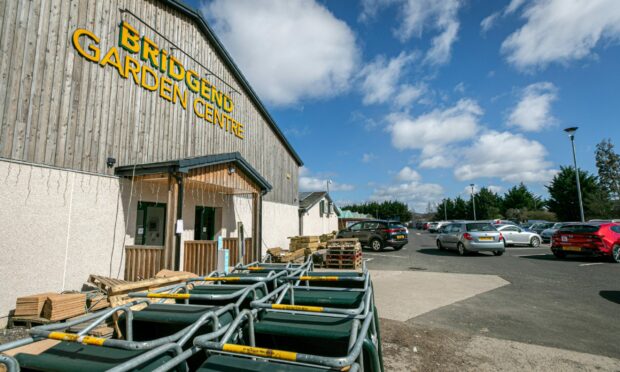
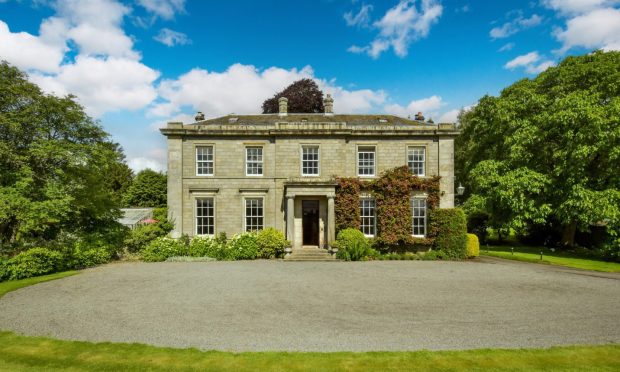
Conversation